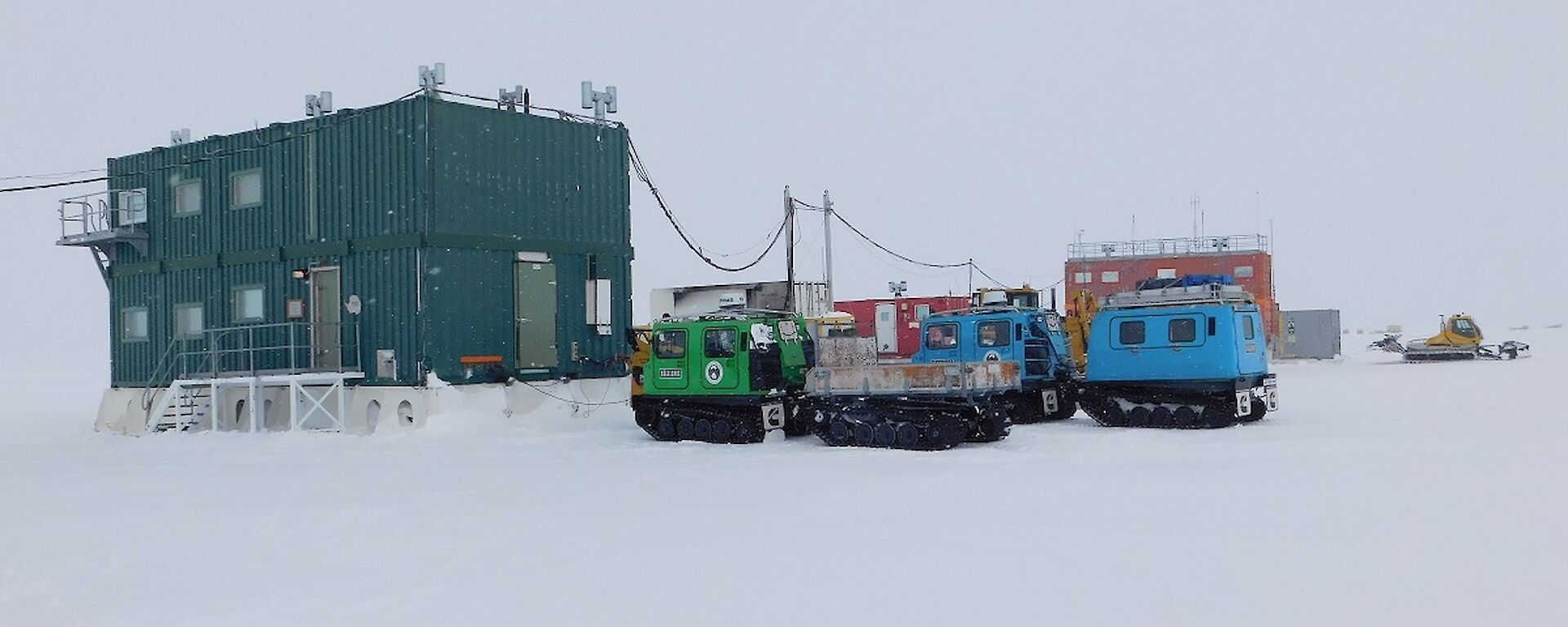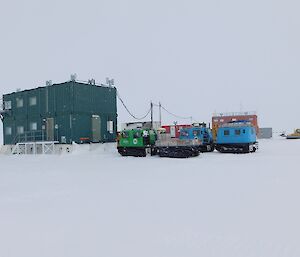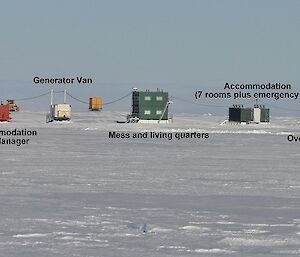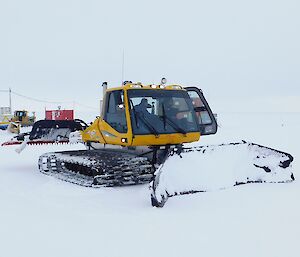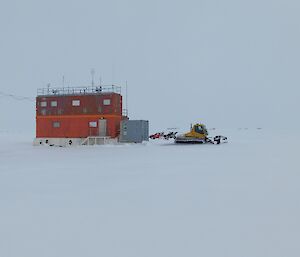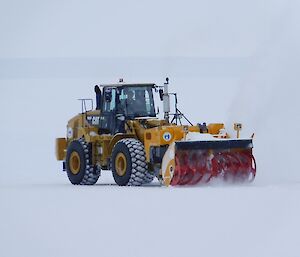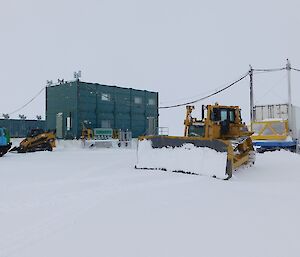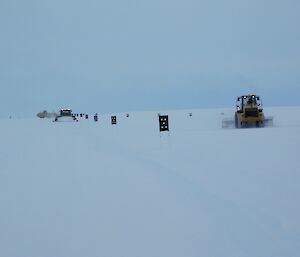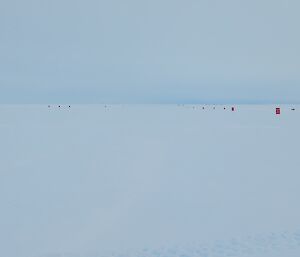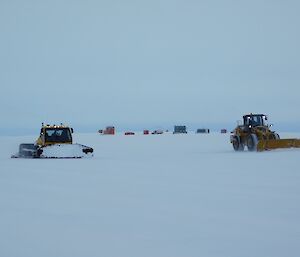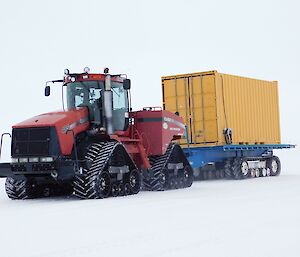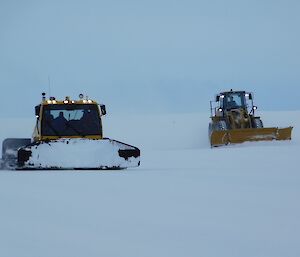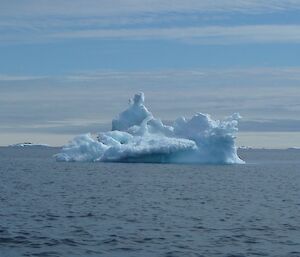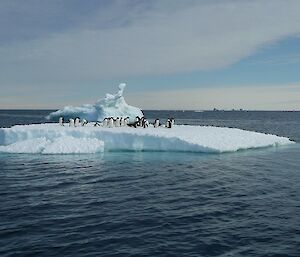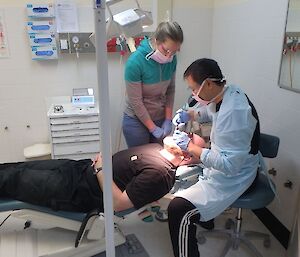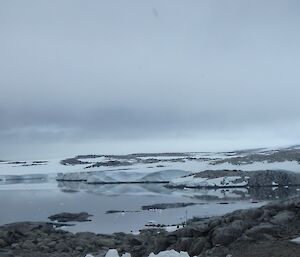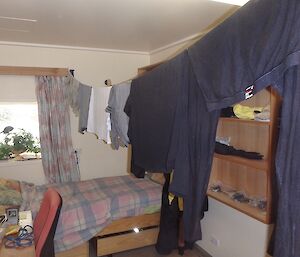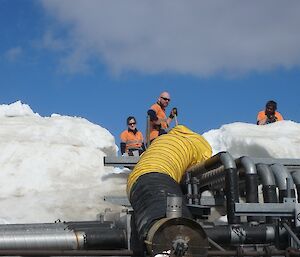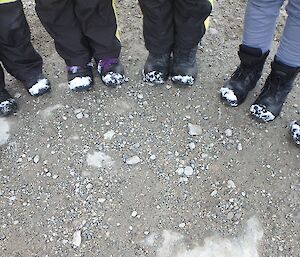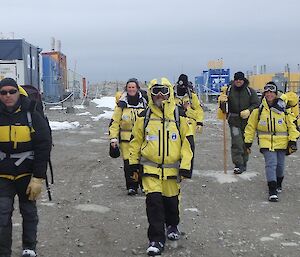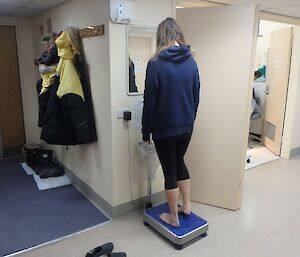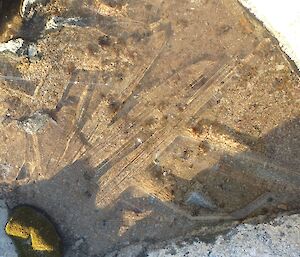Life at Wilkins can be hard for some. Others relish the remoteness and beauty that the plateau holds. While ‘up on the hill', we are constantly moving snow and changing the way the wind moves over the ice that Wilkins is built on. The ice is just over 500 metres thick and is constantly moving. The bangs and cracks of the ice sometimes wake us from our peaceful slumber, akin to small calibre rifle shots in the middle of the night.
The camp is small but very functional. The operations building is where we talk to the aircraft, along with a perfect vantage point for the weather observers to see 360 degrees to report on current weather to the world.
The MECC shelter is our medical facility during fly days. The accommodation is single rooms with the exception of the overflow van which has double bunks. The mess has ample room for eight of us to have a meal, and relax after a long day at work, although it does get a little squashy when we have more than three visitors.
During the last week or so, Wilkins has welcomed and farewelled multiple flights coming from elsewhere in Antarctica with multiple nationalities on board. French, Italian and Chinese all made their appearance at Wilkins, along with some Canadians that spent the summer at Casey.
After the intra-continental flights, the passengers board the A319 for the four and a half hour flight back to Hobart where they connect with other flights to ultimately head for home.
Sealy — Wilkins Mechanic

